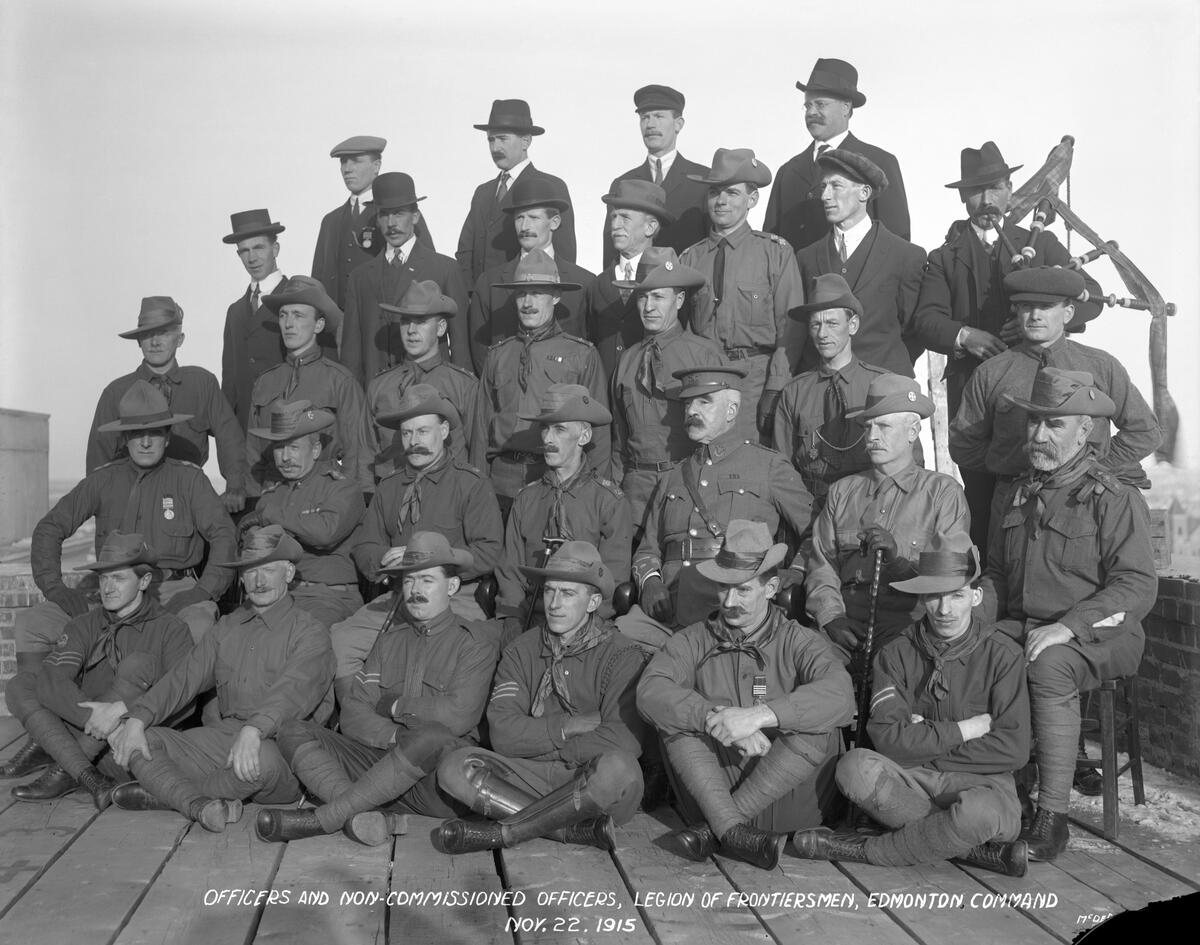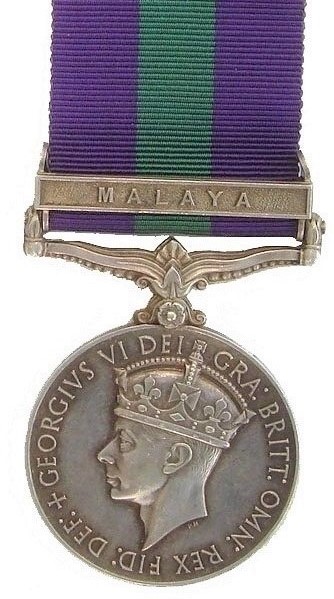|
Ceylon Pioneers
Ceylon Pioneers was a paramilitary unit formed as a skilled labor force with military type discipline in British Ceylon. Raised in 1821, with recruits from India, personal from the unit were used by the Public Works Department in construction of railways, road and bridges in Ceylon and Malaya till 1947. Ceylonese serving with the force in Malaya were eligible for the General Service Medal with the Malaya Clasp Notable personal * C. P. J. Seneviratne Captain Cyril Pinto Jayatilake Seneviratne (23 April 1918 - 26 December 1984) was a Sri Lankan military officer and politician. He was the Member of Parliament (Sri Lanka), Member of Parliament for Mahiyangana Electoral District, Mahiyangana fro ... See also * Sri Lanka Army Pioneer Corps References {{reflist Paramilitary organisations based in Sri Lanka Labour in Sri Lanka Military history of British India ... [...More Info...] [...Related Items...] OR: [Wikipedia] [Google] [Baidu] |
Paramilitary
A paramilitary is an organization whose structure, tactics, training, subculture, and (often) function are similar to those of a professional military, but is not part of a country's official or legitimate armed forces. Paramilitary units carry out duties that a country's military or police forces are unable or unwilling to handle. Other organizations may be considered paramilitaries by structure alone, despite being unarmed or lacking a combat role. Overview Though a paramilitary is, by definition, not a military, it is usually equivalent to a light infantry force in terms of strength, firepower, and organizational structure. Paramilitaries use "military" equipment (such as long guns and armored personnel carriers; usually military surplus resources), skills (such as battlefield medicine and bomb disposal), and tactics (such as urban warfare and close-quarters combat) that are compatible with their purpose, often combining them with skills from other relevant fields such a ... [...More Info...] [...Related Items...] OR: [Wikipedia] [Google] [Baidu] |
British Ceylon
British Ceylon ( si, බ්රිතාන්ය ලංකාව, Britānya Laṃkāva; ta, பிரித்தானிய இலங்கை, Biritthāṉiya Ilaṅkai) was the British Crown colony of present-day Sri Lanka between 1796 and 4 February 1948. Initially, the area it covered did not include the Kingdom of Kandy, which was a protectorate, but from 1817 to 1948 the British possessions included the whole island of Ceylon, now the nation of Sri Lanka. History Background Before the beginning of the Dutch governance, the island of Ceylon was divided between the Portuguese Empire and the Kingdom of Kandy, who were in the midst of a war for control of the island as a whole. The island attracted the attention of the newly formed Dutch Republic when they were invited by the Sinhalese King to fight the Portuguese. Dutch rule over much of the island was soon imposed. In the late 18th century the Dutch, weakened by their wars against Great Britain, were co ... [...More Info...] [...Related Items...] OR: [Wikipedia] [Google] [Baidu] |
Ceylon
Sri Lanka (, ; si, ශ්රී ලංකා, Śrī Laṅkā, translit-std=ISO (); ta, இலங்கை, Ilaṅkai, translit-std=ISO ()), formerly known as Ceylon and officially the Democratic Socialist Republic of Sri Lanka, is an island country in South Asia. It lies in the Indian Ocean, southwest of the Bay of Bengal, and southeast of the Arabian Sea; it is separated from the Indian subcontinent by the Gulf of Mannar and the Palk Strait. Sri Lanka shares a maritime border with India and Maldives. Sri Jayawardenepura Kotte is its legislative capital, and Colombo is its largest city and financial centre. Sri Lanka has a population of around 22 million (2020) and is a multinational state, home to diverse cultures, languages, and ethnicities. The Sinhalese are the majority of the nation's population. The Tamils, who are a large minority group, have also played an influential role in the island's history. Other long established groups include the Moors, the Burghers, ... [...More Info...] [...Related Items...] OR: [Wikipedia] [Google] [Baidu] |
British Malaya
The term "British Malaya" (; ms, Tanah Melayu British) loosely describes a set of states on the Malay Peninsula and the island of Singapore that were brought under British hegemony or control between the late 18th and the mid-20th century. Unlike the term "British India", which excludes the Indian princely states, British Malaya is often used to refer to the Federated and Unfederated Malay States, which were British protectorates with their own local rulers, as well as the Straits Settlements, which were under the sovereignty and direct rule of the British Crown, after a period of control by the East India Company. Before the formation of the Malayan Union in 1946, the territories were not placed under a single unified administration, with the exception of the immediate post-war period when a British military officer became the temporary administrator of Malaya. Instead, British Malaya comprised the Straits Settlements, the Federated Malay States, and the Unfederated Ma ... [...More Info...] [...Related Items...] OR: [Wikipedia] [Google] [Baidu] |
General Service Medal (1918)
__NOTOC__ The General Service Medal (1918 GSM) was instituted to recognise service in minor Army and Royal Air Force operations for which no separate medal was intended. Local forces, including police, qualified for many of the clasps, as could units of the Indian Army prior to 1947. The GSM was equivalent to the 1915 Naval General Service Medal. Both these medals were replaced by the General Service Medal in 1962. Description The 1918 GSM is a circular silver medal, in diameter, with following design: * The obverse shows the crowned effigy of the reigning monarch with an appropriate inscription. * The reverse bears the standing winged figure of Victory in a Corinthian helmet and carrying a trident, bestowing a wreath on the emblems of the Army (the sword) and the RAF (the wings). It was designed by E Carter Preston. * The wide ribbon has three equal stripes of purple, dark green and purple. * The service number, rank, name and regiment or corps of the recipient are im ... [...More Info...] [...Related Items...] OR: [Wikipedia] [Google] [Baidu] |
Sri Lanka Army Pioneer Corps
The Sri Lanka Army Pioneer Corps (SLAPC) is a (reserve) regiment of the Sri Lanka Army. Established as manpower reserve to be utilized in times of strikes and union action to maintain the functionality of essential services and other state functions, other such units that existed then and has since been disband include the Post and Telegraph Signals (PTS) and the Ceylon Railway Engineer Corps (CREC). With the escalation of the Sri Lankan Civil War the regiment has taken up combat duties. History The Ceylon Army Pioneer Corps was raised on 5 July 1959 with a large strength of 14,000 men. The unit is part of the Volunteer Force and was based on the Ceylon Pioneers. Lt Col M.W.F. Abayakoon of the Cadet Corps was appointed its commanding officer. The main reason to raise this unit with a large strength was the frequent breakdown of essential services at that time due to workers unrest and strikes. Members of the corps used to handle harbour duties and driving of public transport. Th ... [...More Info...] [...Related Items...] OR: [Wikipedia] [Google] [Baidu] |
Paramilitary Organisations Based In Sri Lanka
A paramilitary is an organization whose structure, tactics, training, subculture, and (often) function are similar to those of a professional military, but is not part of a country's official or legitimate armed forces. Paramilitary units carry out duties that a country's military or police forces are unable or unwilling to handle. Other organizations may be considered paramilitaries by structure alone, despite being unarmed or lacking a combat role. Overview Though a paramilitary is, by definition, not a military, it is usually equivalent to a light infantry force in terms of strength, firepower, and organizational structure. Paramilitaries use "military" equipment (such as long guns and armored personnel carriers; usually military surplus resources), skills (such as battlefield medicine and bomb disposal), and tactics (such as urban warfare and close-quarters combat) that are compatible with their purpose, often combining them with skills from other relevant fields such a ... [...More Info...] [...Related Items...] OR: [Wikipedia] [Google] [Baidu] |
Labour In Sri Lanka
Labour or labor may refer to: * Childbirth, the delivery of a baby * Labour (human activity), or work ** Manual labour, physical work ** Wage labour, a socioeconomic relationship between a worker and an employer ** Organized labour and the labour movement, consisting principally of labour unions ** Labour Party or Labor Party, a name used by several political parties Literature * ''Labor'' (journal), an American quarterly on the history of the labor movement * '' Labour/Le Travail'', an academic journal focusing on the Canadian labour movement * ''Labor'' (Tolstoy book) or ''The Triumph of the Farmer or Industry and Parasitism'' (1888) Music * ''Labour'' (song), 2023 single by Paris Paloma Places * La Labor, Honduras * Labor, Koper, Slovenia Other uses * ''Labor'' (album), a 2013 album by MEN * Labor (area), a Spanish customary unit * "Labor", an episode of TV series '' Superstore'' * Labour (constituency), a functional constituency in Hong Kong elections * Lab ... [...More Info...] [...Related Items...] OR: [Wikipedia] [Google] [Baidu] |


.jpg)

